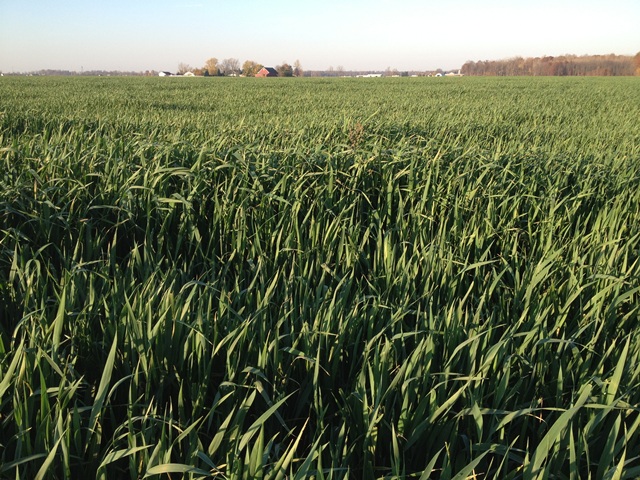In late June I was on a farm in west central Wisconsin with two farmers that had over 3,000 of their nearly 6,000 acres that were too wet to plant in 2013. This is an example of what I have seen and heard and read on personal farm calls, numerous phone calls, and multiple e-mails that farmers have asked for advice on “what to do.”
On my way home from that on-farm visit I called Ryan Stockwell from the National Wildlife Federation. NWF has been a great friend to agriculture and cover cropping. I wanted to see what Ryan was hearing about potential changes in RMA Crop Insurance rulings for the upper Midwest – so farmers might be able to harvest their cover crops (or alternative forages) from their prevented planting acres before November 1, 2013. What I heard from Ryan was not good news for the livestock producer that is desperately short of feed because of the drought of 2012 and severe alfalfa winterkill during the winter of 2012-13.
As I lamented to Ryan how I thought that there should be some “flexibility” in the crop insurance regulations, it hit me that farmers could possibly make more money harvesting forages and NOT taking their crop insurance payment. That is when we got Sarah Carlson (Practical Farmers of Iowa) and Tom Kaspar (USDA-ARS National Laboratory for Agriculture and the Environment in Ames, Iowa) involved.
If you are considering what to do with prevented planting acres and you need forage, or you are considering whether to put a cover crop on your prevented planting acres, then this article is for you. Please read Cover crops and prevented plant information guidance.
My marking numbers on a notebook I began while driving down I-90/94 tuned into a full fledged article that was well beyond my expectations. Thanks to Ryan, Sarah, and Tom for making this a scientific article that more than solidified my idea and well exceeded my abilities. You guys are the best!
